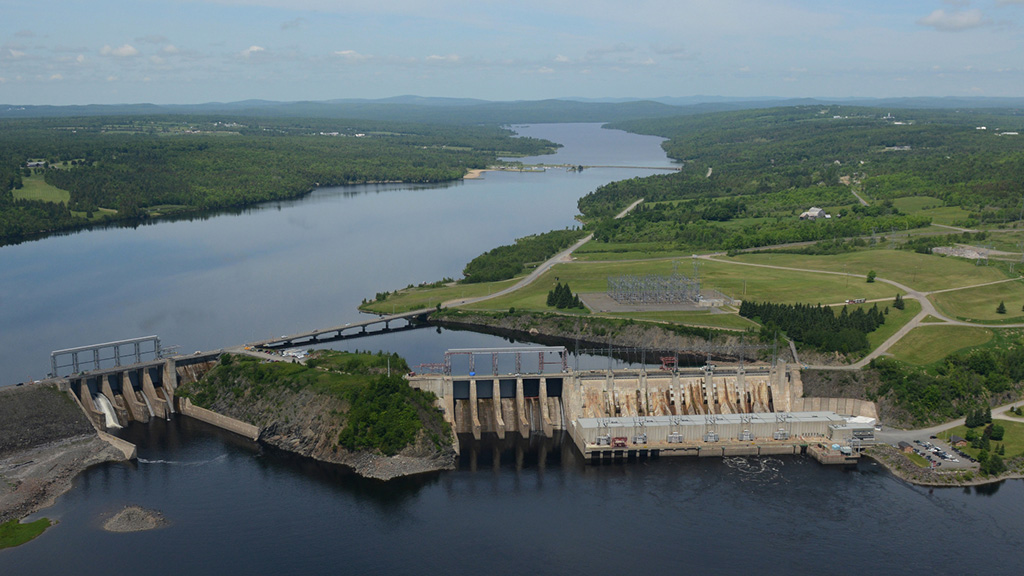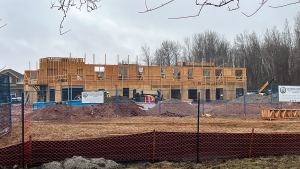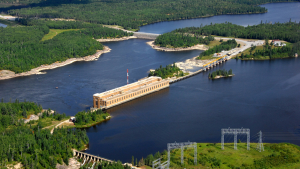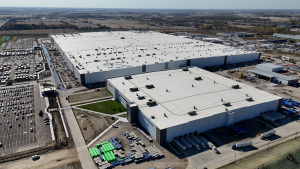OTTAWA — Four new reports from BuildForce Canada forecast construction activity in the ICI sector in Canada’s four Atlantic provinces will fluctuate over the next 10 years in sync with various large-scale projects.
The outlook calls for the provinces’ respective residential sectors to either contract or record very small gains in the near term, before returning to growth between 2025 and 2028.
BuildForce released 2024-2033 Construction and Maintenance Looking Forward reports for the four provinces on March 25. Those reports and others covering the rest of the country to be released this week will provide project forecasts and assess workforce needs over the decade.
NEW BRUNSWICK. New Brunswick’s construction sector reported an overall increase in activity in 2023 as growth in the province’s non-residential sector was enough to offset a moderate contraction in its residential sector. A more muted outlook is expected across both segments through 2026 before later years see strong advancements.
The outlook for New Brunswick calls for a strong rebound in the province’s non-residential sector after 2027 as work begins on the Mactaquac Hydro Dam Replacement and several health care projects.
Non-residential employment should grow consistently after 2026, rising to 10 per cent above 2023 levels by 2033.
“New Brunswick’s labour force is coming off a period where market conditions were challenging,” stated Bill Ferreira, BuildForce executive director. “While these pressures are expected to ease and mostly return to balance in the residential sector, some trades and occupations in the non-residential sector may continue to see pressures into 2028.”
NOVA SCOTIA. For Nova Scotia, the outlook anticipates residential construction activity will return to growth after 2024 as interest rates stabilize, and will continue to grow to the end of the forecast period. Non-residential activity, meanwhile, is anticipated to peak in 2025 before contracting through to 2030 as currently tracked major projects wind down.
Employment is projected to rise across the forecast period, with residential employment growing by two per cent above 2023 levels by 2033, and non-residential employment increasing by eight per cent. Given retirements, the industry will need to recruit as many as 10,600 workers by 2033.
NEWFOUNDLAND AND LABRADOR. Here the outlook calls for growth to cycle moderately lower in the residential sector, while non-residential activity to grow throughout most of the decade.
The start of work on the Bay du Nord project in 2028 will elevate activity to the end of the forecast period.
Non-residential employment in the province will rise to a peak of 10 per cent above 2023 levels by 2031, followed by a slight decline thereafter, based on currently known project activities.
“The construction and maintenance industry in Newfoundland and Labrador is well positioned to withstand any forthcoming contractions created by rising interest rates and a slowing global economy in the short term,” said Ferreira.
PRINCE EDWARD ISLAND. The forecast here anticipates growth in both components of the industry in the short term before levels diverge. Investment levels in the residential sector are expected to increase after 2024 and to the end of the forecast.
After peaking in 2024, activity in the non-residential sector is projected to cycle down to 2029 as work on several major projects concludes.











Recent Comments
comments for this post are closed